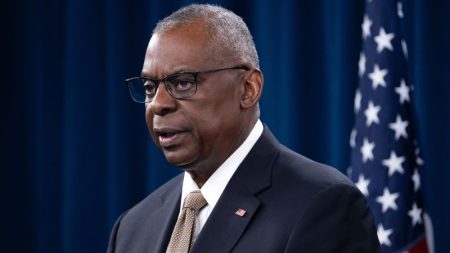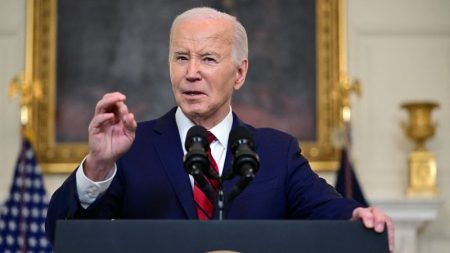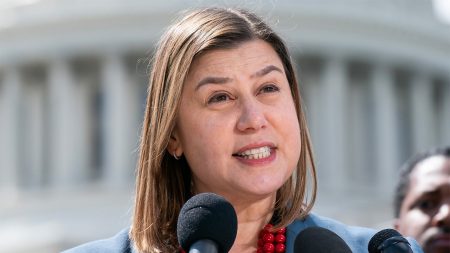The late Justice Sandra Day O’Connor’s recently opened papers shed light on the internal proceedings of the landmark Supreme Court case Chevron USA v. Natural Resources Defense Council, which granted regulators significant power to protect the environment and public health. The case is now under threat from the current Supreme Court, with conservative critics arguing that the Chevron deference principle has led to excessive regulation of American business by executive branch agencies.
The Chevron case, which tested the protections of the Clean Air Act, revealed an overall tentativeness among the justices as they navigated complex statutory intricacies and worked towards a compromise. The case almost did not make it to the court at all, highlighting its accidental landmark status. Despite its tenuous beginnings, Chevron v. NRDC became a seminal opinion, cited in lower court rulings and law review articles more than any other case.
The core issue in the Chevron case revolved around agency deference, which requires judges to accept federal agencies’ interpretations of vague or open-ended statutes. Critics argue that this principle favors the government over businesses and individuals challenging government policies. However, defenders of regulatory power contend that agencies play a crucial role in safeguarding public health and welfare.
The justices’ deliberations in the Chevron case provided a view into their private communications, revealing personal predilections and struggles as they negotiated against looming deadlines. The papers show the justices grappling with statutory interpretations and seeking compromise, highlighting the complexities of the judicial process and the tensions between judges and agencies in interpreting statutory meaning.
Ultimately, the Chevron decision has had a lasting impact on the administrative state, with subsequent decisions reinforcing the principle of agency deference. The case’s significance has grown over the years, despite receiving little attention initially. The debate over Chevron continues to divide the current Supreme Court, with critics arguing for its reversal and defenders advocating for the importance of agency expertise in regulatory matters.
The Chevron case began with the Reagan administration’s retrenchment on air quality standards, leading to a legal dispute over the interpretation of the Clean Air Act. The court’s decision to hear the case was a close call, with Justice Lewis Powell ultimately providing the crucial fourth vote to accept it. The justices’ internal deliberations, captured in O’Connor’s papers, offer insights into the challenges they faced in reaching a consensus and the complexities of statutory interpretation.
In the end, the Supreme Court’s decision in the Chevron case was unanimous, with a bare six-justice quorum deciding in favor of agency deference. Despite initial disagreements among the justices, a consensus was reached through deliberation and negotiation. The case underscored the importance of regulatory power in protecting public health and the environment while also raising concerns about judicial overreach and the limits of the court’s role in policymaking. Justice O’Connor’s notes reveal the intricacies of the Court’s decision-making process and the delicate balance between deference to agencies and judicial interpretation of statutes.















